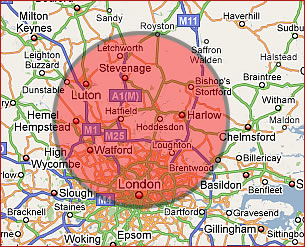Seasonal insect activity – Spring
Its only spring and I have a wasp nest already?
Wasps entering rooms at roof level during this period are usually new queen wasps searching for a suitable nesting site. Trying to treat for this bit of nuisance activity will prove fruitless and a waste of time and money. Treatable wasp nests (very small) will not be apparent until mid to late June.
What is it? Wasp? Honey Bee? Bumble Bee?
We seem to be living in an extremely anxious world where if it flies and looks remotely wasp shaped it must therefore sting and must be killed! To make matters worse it seems most people cannot tell the difference between wasps, honey bees, bumble bees and solitary bees.
Wasp nest in a wall?
These will either be solitary Mason Bees (Red Mason Bee – osmia rufa) or Feral Honey Bees (hymenoptera-apidae)
Mason bees are harmless pollinators and like many other similar species of bee in the UK are under serious threat. Most activity from this particular species will cease by the end of May. Best left alone.
Feral Honey Bees?
Called “feral” because they are usually either escaped swarms or unmanaged colonies. This species is usually most active once temperatures exceed 7 – 10C degrees and will quite commonly habitat wall cavities in buildings after swarming (June/July) Treating any honey bee colony is a serious business and should only be considered as a last resort. Inappropriate treatments or procedures can lead to huge fines under the Food and Environmental Protection Act 1985 (FEPA). Feral honey bee activity in a wall cavity or soffit in early spring will usually be far more extreme than any full blown wasp nest during the height of summer so if activity is minimal it usually indicates the species is more likely to be Mason Bees.
Wasp activity in a lawn?
Many calls I receive about wasps in early spring relate to so called “wasp” activity in lawns. These are invariably nothing more than Mining Bees of which there are in excess of 60 different species in the UK. Most of them resemble bumble bees although usually much smaller in size and create small tunnels in areas of lawn growing in sand rich soil. The most common species is the Tawny Mining Bee – andrena fulva which is quite harmless and disappears by the end of May.





